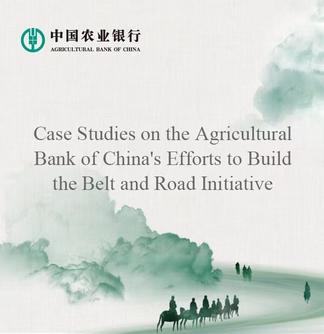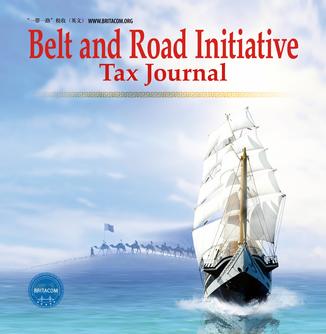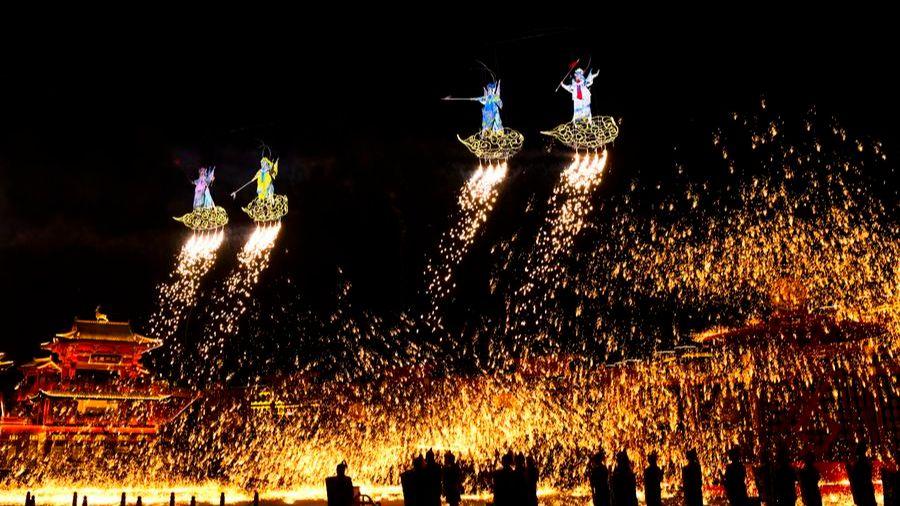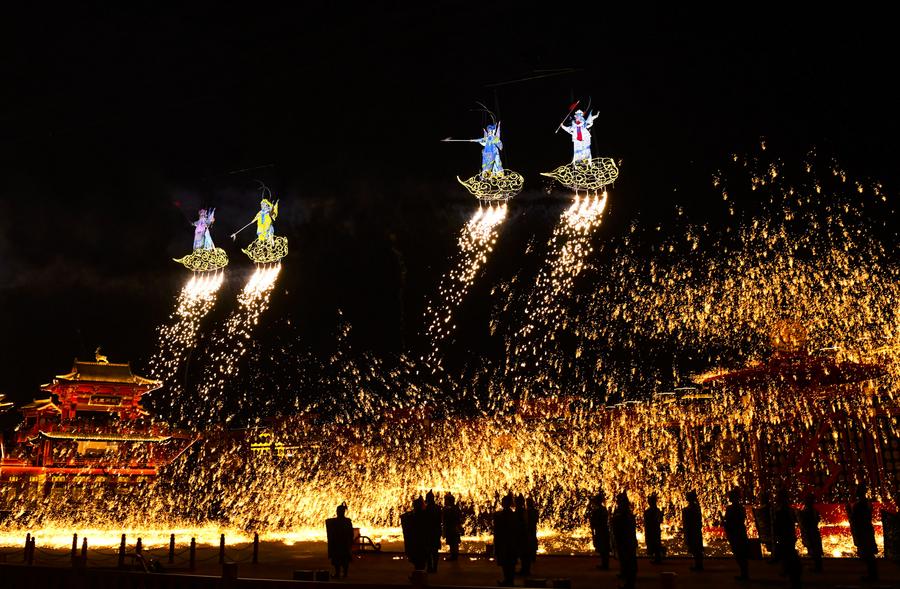
Tourists watch a live-action drama in Fengnan District of Tangshan, north China's Hebei Province, during the Spring Festival holiday on Jan. 31, 2025. (Photo by Liu Mancang/Xinhua)
About one-fifth of the world's population celebrates the Spring Festival in various forms, and nearly 20 countries have made the Spring Festival as a legal holiday.
ZAGREB, Feb. 2 (Xinhua) -- The vibrancy of Chinese New Year celebrations is one of the most striking cultural phenomena worldwide, a Croatian sinologist has said, highlighting the festival's deep-rooted family values and growing global influence.
"The experience is really amazing. The excitement is palpable in the days leading up to the New Year as train stations and airports are packed with millions eager to reunite with their families. The energy is overwhelming," Ivica Bakota told Xinhua in a recent interview.
As an assistant professor at the Capital Normal University in Beijing, China, Bakota has spent significant time in China since 2011. He said the essence of the Chinese New Year lies beyond the festivities and fireworks. "It is about reunion, about travelling great distances just to be with loved ones, no matter how inconvenient the journey may be, and that is what makes this celebration so remarkable."

A child holds a placard reading "go home for the New Year" aboard train K4159, the first train to depart from Beijing for this year's Spring Festival travel rush at Beijing West Railway Station in Beijing, capital of China, Jan. 13, 2025. A total of 9 billion inter-regional trips are expected during the 40-day travel surge. (Xinhua/Ju Huanzong)
The significance of the Chinese New Year was further underscored in December when the United Nations Educational, Scientific and Cultural Organization (UNESCO) inscribed Spring Festival, social practices of the Chinese people in celebration of the traditional new year, on the Representative List of the Intangible Cultural Heritage of Humanity. The recognition highlights the festival's rich traditions and its role in uniting Chinese society through a wide array of rituals.
Bakota said the UNESCO addition reflects "the great vitality" of the Chinese culture and serves as a testament to the resilience of the Chinese civilization that has thrived for over 5,000 years.
China now has 44 cultural elements or practices recognized by UNESCO as Intangible Cultural Heritage of Humanity, the most listed country in the world. Beyond the Chinese New Year, UNESCO has acknowledged a wide range of Chinese traditions, further affirming China's profound culture and civilization.
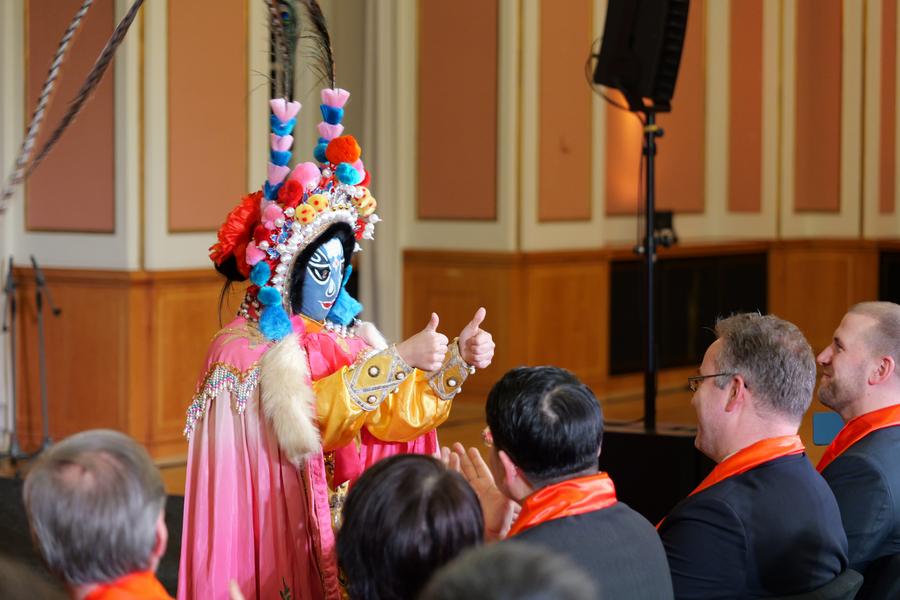
A Sichuan Opera artist performs face changing stunt during the Snake "Happy Spring Festival" New Year Celebration Gala and Spring Festival Reception at the Red City Hall in Berlin, Germany, Jan. 17, 2025. (Xinhua/Tai Sicong)
Bakota noted that about one-fifth of the world's population celebrates the Spring Festival in various forms, and nearly 20 countries have made the Spring Festival as a legal holiday, reflecting the global influence of Chinese culture. "We can definitely say that the Chinese New Year has become a new worldwide celebrated festival, and I think it is primarily due to the impact of the Chinese culture," he said.
Originally observed in China and neighbouring East Asian countries, the festival has expanded across continents due to the growing Chinese diaspora. Major cities such as Paris, London, Berlin and New York has incorporated Chinese New Year into their cultural calendars.
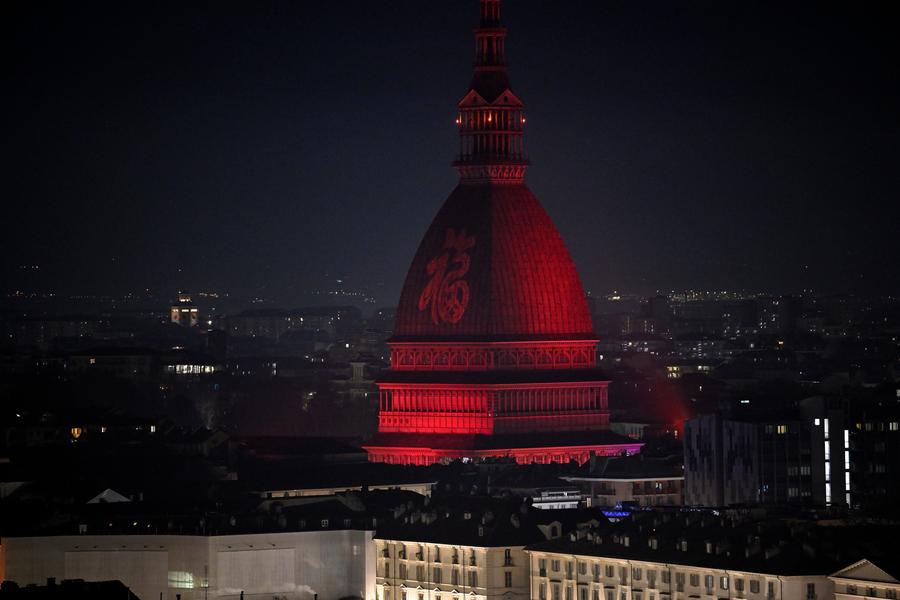
Photo taken on Jan. 28, 2025 shows the Mole Antonelliana illuminated in red with a Chinese character "fu," meaning "good fortune," to celebrate the Chinese New Year in Turin, Italy. (Xinhua)
Bakota said that in recent years, Europe's iconic landmarks, such as the Eiffel Tower in Paris, have been illuminated in red to honor the festival, while large-scale celebrations in London's Chinatown have drawn thousands of participants, and even in Croatia, where the Chinese community is relatively small, the festival has gained popularity in the latest two decades.
He emphasized that China's vast and diverse cultural expressions -- from ancient calligraphy and traditional operas to unique folk customs -- have stood the test of time. "The inclusion of these elements on the UNESCO list only affirms their global significance."




 A single purchase
A single purchase

